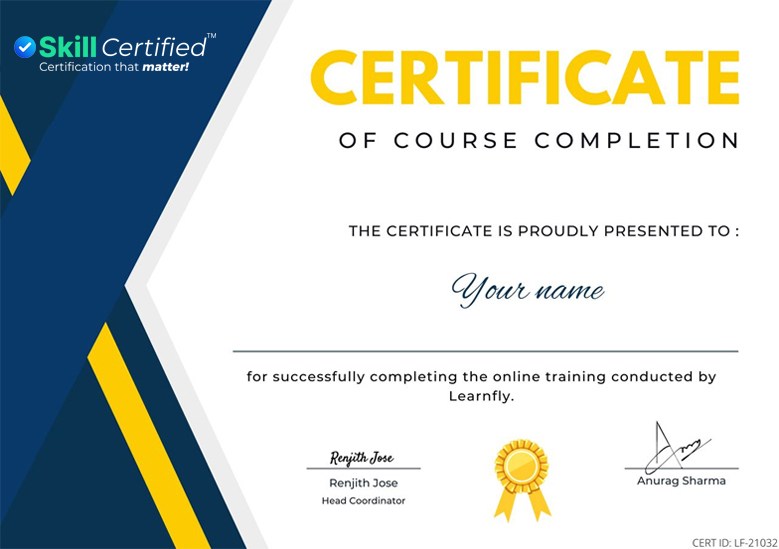May sale is liveEnds in
Get upto 30% discount on trending certification courses. Apply Now
This course training is available on request only. Send us your request with preferred date & Time & our training advisor will get back to you within 24 business hours.
Successful Cloud Solutions Architects begin this role with practical experience with operating systems, virtualization, cloud infrastructure, storage structures, billing, and networking.
 Live Interactive Learning
Live Interactive Learning Lifetime Access
Lifetime Access 24x7 Support
24x7 Support Hands-On Project Based Learning
Hands-On Project Based Learning Industry Recognised Certification
Industry Recognised CertificationGet a e-Certificate of Course Completion after successfully completing your live class with SkillCertified™. Share & showcase your proud achievement with your friends & colleagues. Join a live class today & start learning online from anywhere:
